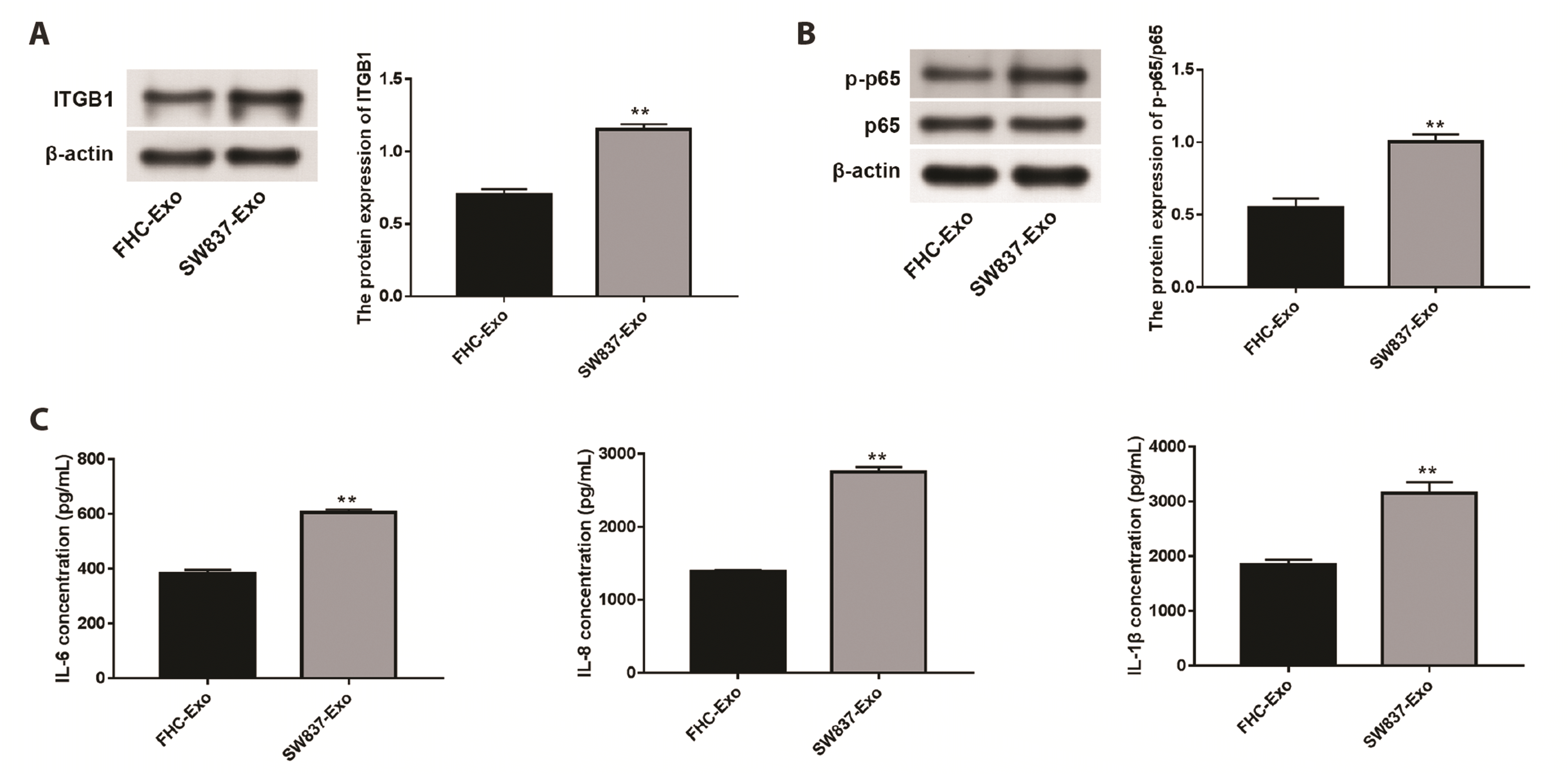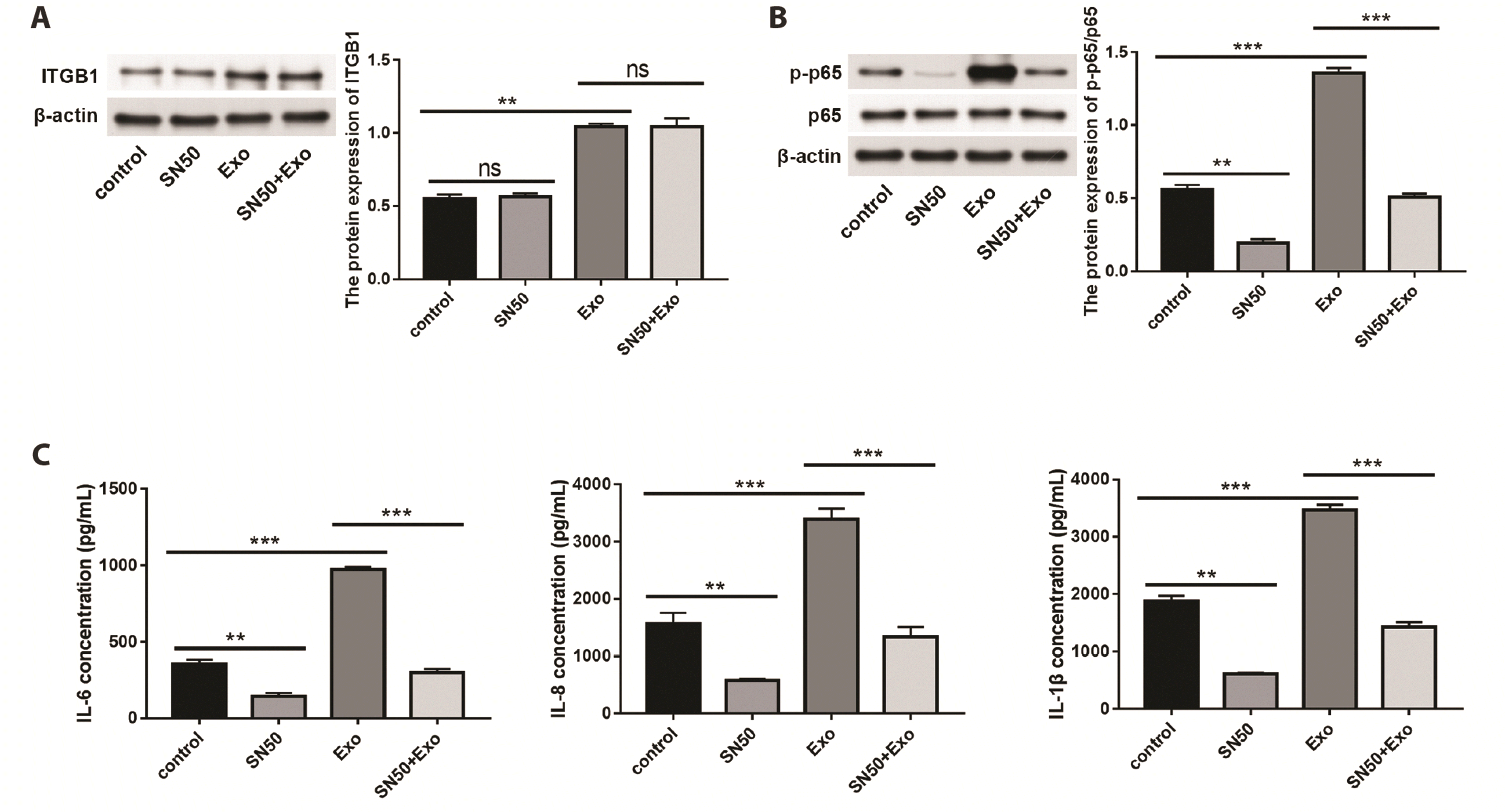1. Sun C, Zhang Z, He P, Zhou Y, Xie X. 2017; Involvement of PI3K/Akt pathway in the inhibition of hepatocarcinoma cell invasion and metastasis induced by SASH1 through downregulating Shh-Gli1 signaling. Int J Biochem Cell Biol. 89:95–100. DOI:
10.1016/j.biocel.2017.06.006. PMID:
28600143.

2. Siegel RL, Miller KD, Fuchs HE, Jemal A. 2021; Cancer statistics, 2021. CA Cancer J Clin. 71:7–33. Erratum in:
CA Cancer J Clin. 2021;71:359. DOI:
10.3322/caac.21654. PMID:
33433946.

3. Wang R, Fan Q, Liu H, Su M. 2019; Isolated vaginal recurrence of early-stage rectal cancer detected by 18F-FDG PET/CT. Clin Nucl Med. 44:499–500. DOI:
10.1097/RLU.0000000000002573. PMID:
30985425.

4. Keller DS, Reif de Paula T, Kiran RP. 2019; Ready for the National Accreditation Programs for Rectal Cancer? Auditing rectal cancer outcomes in the United States. Colorectal Dis. 21:1213–1215. DOI:
10.1111/codi.14729. PMID:
31206230.

5. Lee GC, Bordeianou LG, Francone TD, Blaszkowsky LS, Goldstone RN, Ricciardi R, Kunitake H, Qadan M. 2020; Superior pathologic and clinical outcomes after minimally invasive rectal cancer resection, compared to open resection. Surg Endosc. 34:3435–3448. DOI:
10.1007/s00464-019-07120-2. PMID:
31844971.

6. Decanini-Terán CO, González-Acosta J, Obregón-Méndez J, Vega-de Jesús M. 2011; Rectal cancer: diagnosis, screening and treatment. Cir Cir. 79:481–487. PMID:
22385771.
7. Zolfaghari S, Williams LJ, Moloo H, Boushey RP. 2010; Rectal cancer: current surgical management. Minerva Chir. 65:197–211. PMID:
20548275.
8. Bibault JE, Giraud P, Housset M, Durdux C, Taieb J, Berger A, Coriat R, Chaussade S, Dousset B, Nordlinger B, Burgun A. 2018; Deep Learning and Radiomics predict complete response after neo-adjuvant chemoradiation for locally advanced rectal cancer. Sci Rep. 8:12611. Erratum in:
Sci Rep. 2018;8:16914. DOI:
10.1038/s41598-018-30657-6. PMID:
30135549. PMCID:
PMC6105676.

9. Franke AJ, Parekh H, Starr JS, Tan SA, Iqbal A, George TJ Jr. 2018; Total neoadjuvant therapy: a shifting paradigm in locally advanced rectal cancer management. Clin Colorectal Cancer. 17:1–12. DOI:
10.1016/j.clcc.2017.06.008. PMID:
28803718.

10. Du D, Su Z, Wang D, Liu W, Wei Z. 2018; Optimal interval to surgery after neoadjuvant chemoradiotherapy in rectal cancer: a systematic review and meta-analysis. Clin Colorectal Cancer. 17:13–24. DOI:
10.1016/j.clcc.2017.10.012. PMID:
29153429.

11. Watanabe A, Fukunari H, Mito M, Hayashi T, Tani Y, Ajioka Y. 2020; A case of cavitary lung metastasis of rectal cancer. Gan To Kagaku Ryoho. 47:2080–2082. Japanese. PMID:
33468807.
12. Riihimäki M, Hemminki A, Sundquist J, Hemminki K. 2016; Patterns of metastasis in colon and rectal cancer. Sci Rep. 6:29765. DOI:
10.1038/srep29765. PMID:
27416752. PMCID:
PMC4945942.

13. Théry C, Zitvogel L, Amigorena S. 2002; Exosomes: composition, biogenesis and function. Nat Rev Immunol. 2:569–579. DOI:
10.1038/nri855. PMID:
12154376.

14. Théry C, Amigorena S, Raposo G, Clayton A. 2006; Isolation and characterization of exosomes from cell culture supernatants and biological fluids. Curr Protoc Cell Biol. Chapter 3:Unit 3.22. DOI:
10.1002/0471143030.cb0322s30. PMID:
18228490.

15. Al-Nedawi K, Meehan B, Micallef J, Lhotak V, May L, Guha A, Rak J. 2008; Intercellular transfer of the oncogenic receptor EGFRvIII by microvesicles derived from tumour cells. Nat Cell Biol. 10:619–624. Erratum in:
Nat Cell Biol. 2008;10:752. DOI:
10.1038/ncb1725. PMID:
18425114.

16. Peinado H, Alečković M, Lavotshkin S, Matei I, Costa-Silva B, Moreno-Bueno G, Hergueta-Redondo M, Williams C, García-Santos G, Ghajar C, Nitadori-Hoshino A, Hoffman C, Badal K, Garcia BA, Callahan MK, Yuan J, Martins VR, Skog J, Kaplan RN, Brady MS, et al. 2012; Melanoma exosomes educate bone marrow progenitor cells toward a pro-metastatic phenotype through MET. Nat Med. 18:883–891. Erratum in:
Nat Med. 2016;22:1502. DOI:
10.1038/nm.2753. PMID:
22635005. PMCID:
PMC3645291.

17. Kugeratski FG, Hodge K, Lilla S, McAndrews KM, Zhou X, Hwang RF, Zanivan S, Kalluri R. 2021; Quantitative proteomics identifies the core proteome of exosomes with syntenin-1 as the highest abundant protein and a putative universal biomarker. Nat Cell Biol. 23:631–641. DOI:
10.1038/s41556-021-00693-y. PMID:
34108659. PMCID:
PMC9290189.

18. Weissman DE, Joranson DE, Hopwood MB. 1991; Wisconsin physicians' knowledge and attitudes about opioid analgesic regulations. Wis Med J. 90:671–675. PMID:
1688197.
19. Yunusova NV, Tugutova EA, Tamkovich SN, Kondakova IV. 2018; The role of exosomal tetraspanins and proteases in tumor progression. Biomed Khim. 64:123–133. Russian. DOI:
10.18097/PBMC20186402123. PMID:
29723143.
21. Yang X, Wang S, Yu W, Zheng Y, Wu Y. 2020; Inhibition of ITGB1 enhance the anti-tumor effect of cetuximab in colorectal cancer cell. Medicine (Baltimore). 99:e20944. DOI:
10.1097/MD.0000000000020944. PMID:
32629699. PMCID:
PMC7337548.

23. Kalluri R, Zeisberg M. 2006; Fibroblasts in cancer. Nat Rev Cancer. 6:392–401. DOI:
10.1038/nrc1877. PMID:
16572188.

24. Su S, Chen J, Yao H, Liu J, Yu S, Lao L, Wang M, Luo M, Xing Y, Chen F, Huang D, Zhao J, Yang L, Liao D, Su F, Li M, Liu Q, Song E. 2018; CD10
+GPR77
+ cancer-associated fibroblasts promote cancer formation and chemoresistance by sustaining cancer stemness. Cell. 172:841–856.e16. DOI:
10.1016/j.cell.2018.01.009. PMID:
29395328.

26. Zhao K, Zhu BS, Gong W, Zhu ML, Gao ZT, Wu YY, Chen Q, Yang XD, Xing CG. 2013; SN50 enhances the effects of LY294002 on cell death induction in gastric cancer cell line SGC7901. Arch Med Sci. 9:990–998. DOI:
10.5114/aoms.2013.39790. PMID:
24482641. PMCID:
PMC3902720.

27. Livak KJ, Schmittgen TD. 2001; Analysis of relative gene expression data using real-time quantitative PCR and the 2−ΔΔCT method. Methods. 25:402–408. DOI:
10.1006/meth.2001.1262. PMID:
11846609.

28. Benson AB 3rd, Bekaii-Saab T, Chan E, Chen YJ, Choti MA, Cooper HS, Engstrom PF, Enzinger PC, Fakih MG, Fuchs CS, Grem JL, Hunt S, Leong LA, Lin E, Martin MG, May KS, Mulcahy MF, Murphy K, Rohren E, Ryan DP, et al. 2012; Rectal cancer. J Natl Compr Canc Netw. 10:1528–1564. DOI:
10.6004/jnccn.2012.0158. PMID:
23221790.

29. Cho JA, Park H, Lim EH, Kim KH, Choi JS, Lee JH, Shin JW, Lee KW. 2011; Exosomes from ovarian cancer cells induce adipose tissue-derived mesenchymal stem cells to acquire the physical and functional characteristics of tumor-supporting myofibroblasts. Gynecol Oncol. 123:379–386. DOI:
10.1016/j.ygyno.2011.08.005. PMID:
21903249.

30. Cho JA, Park H, Lim EH, Lee KW. 2012; Exosomes from breast cancer cells can convert adipose tissue-derived mesenchymal stem cells into myofibroblast-like cells. Int J Oncol. 40:130–138. DOI:
10.3892/ijo.2011.1193. PMID:
21904773.

31. Chowdhury R, Webber JP, Gurney M, Mason MD, Tabi Z, Clayton A. 2015; Cancer exosomes trigger mesenchymal stem cell differentiation into pro-angiogenic and pro-invasive myofibroblasts. Oncotarget. 6:715–731. DOI:
10.18632/oncotarget.2711. PMID:
25596732. PMCID:
PMC4359250.

32. Rai A, Greening DW, Xu R, Suwakulsiri W, Simpson RJ. 2020; Exosomes derived from the human primary colorectal cancer cell line SW480 orchestrate fibroblast-led cancer invasion. Proteomics. 20:e2000016. DOI:
10.1002/pmic.202000016. PMID:
32438511.

33. Gu J, Li X, Zhao L, Yang Y, Xue C, Gao Y, Li J, Han Q, Sun Z, Bai C, Zhao RC. 2021; The role of PKM2 nuclear translocation in the constant activation of the NF-κB signaling pathway in cancer-associated fibroblasts. Cell Death Dis. 12:291. DOI:
10.1038/s41419-021-03579-x. PMID:
33731686. PMCID:
PMC7969736. PMID:
af690e9bb85f4017befcd37ee96f4283.









 PDF
PDF Citation
Citation Print
Print


 XML Download
XML Download